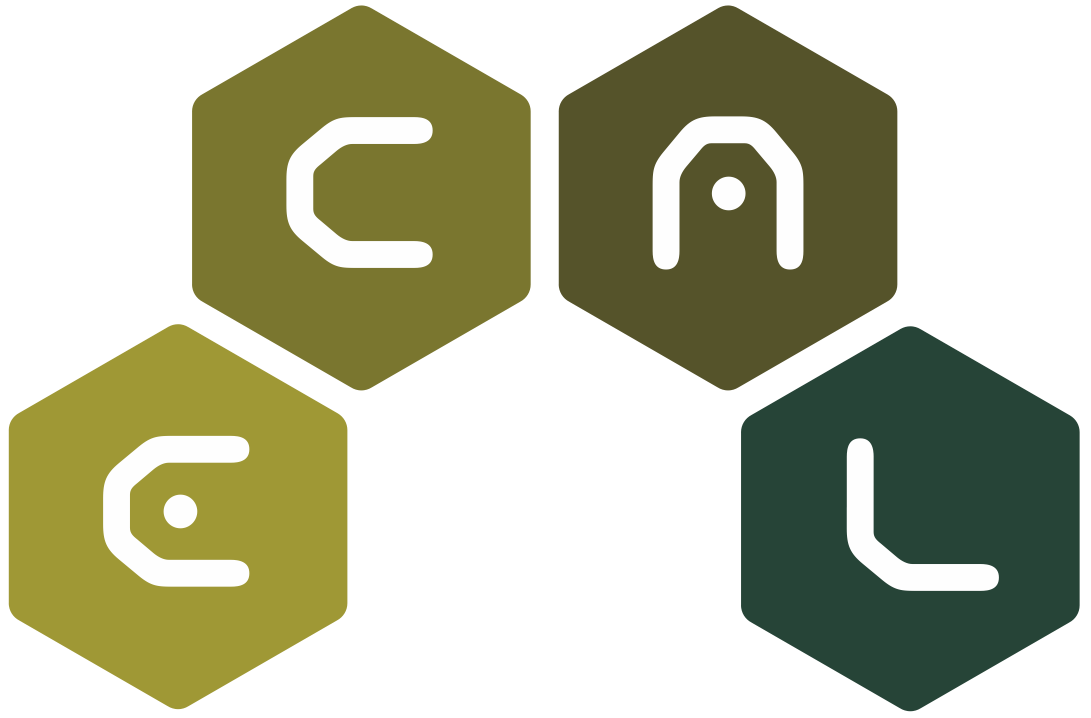Title
How social networks shape collective behaviours

How social networks shape collective behaviours
Download via this paper's page on the MIT Press ECAL 2015 Proceedings website.
Collective motion or swarm behaviour is the synchronized motion of groups of animals such as fish shoals or bird flocks that appear to behave as one body, continually changing shape and direction (Sumpter 2006). The first simulation model of collective motion (Aoki 1982) showed that it could emerge from local interactions between individuals. Several seminal models have since followed this principle (e.g. Reynolds 1987; Couzin et al. 2002). Agent-based models have been important for discerning the simple local rules of individuals that produce emergent group patterns. Such models assume that agents have a sensory range that is limited to a fixed number of nearest individuals or to a perception region of fixed extent. Agents react to the movement of others that are within their sensory range. Interactions often depend on the distance between individuals and can include collision avoidance at short distances, alignment at intermediate distances, and attractive tendencies at long distances.
Social networks exist for many animals and are based on many factors such as preference for familiar individuals or family members. Social networks can be implemented in models to represent the non-spatial topological patterns of preferences of agents. An agent’s network connections can then influence their decisions of which other agents to pay more attention to when making a spatial movement decision. However, prior to our research, collective motion models did not consider structured interactions and instead implicitly assume a fully connected egalitarian network (i.e. no discernable preferences). By explicitly capturing social networks in our models, we can study the impact of different structures on the emergent collective behaviour of the swarm.
We have developed a number of agent-based simulations in the biology literature (Bode et al., 2011a, 2011b, 2012a, 2012b) as the first models to investigate the impact of social networks on collective behaviour (Figure 1). We will summarise the findings of our research so far, and highlight the possibility for harnessing social networks for improving and manipulating the collective behaviour of swarms. Our models demonstrate that social networks do impact the collective behaviour of groups. We find that groups with more differentiated social structure will navigate to a target quicker and more accurately than groups of individuals in a fully connected egalitarian network, that a sub-group of individuals in central network positions can win conflicts of interests against opposing sub-groups of individuals in less central positions, and that individuals that are more strongly connected in the social network will take a more central spatial position in the group.